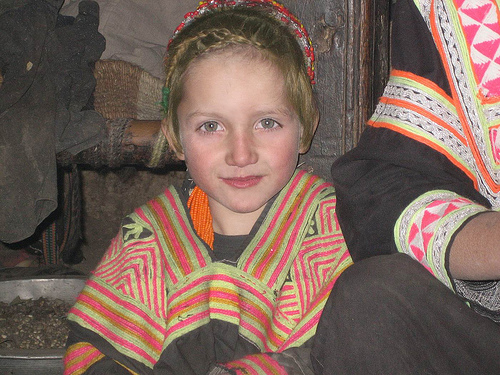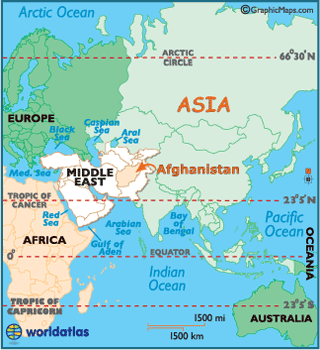- 27 Jan 2014 13:07
#14358051
Also related to this: DNA analysis of 7,000 year old remains from Spain indicate the man had dark skin (I can't tell if that means he didn't have the A111T variant), but blue eyes:
Hunter-gatherer European had blue eyes and dark skin
Genetic tests reveal that a hunter-gatherer who lived 7,000 years ago had the unusual combination of dark skin and hair and blue eyes.
It has surprised scientists, who thought that the early inhabitants of Europe were fair.
The research, led by the Institute of Evolutionary Biology in Barcelona, Spain, is published in the journal Nature.
The lead author, Dr Carles Lalueza-Fox, said: "One explanation is that the lighter skin colour evolved much later than was previously assumed."
Two hunter-gatherer skeletons were discovered in a cave in the mountains of north-west Spain in 2006.
The cool, dark conditions meant the remains (called La Brana 1 and 2) were remarkably well preserved. Scientists were able to extract DNA from a tooth of one of the ancient men and sequence his genome.
The team found that the early European was most closely genetically related to people in Sweden and Finland.
But while his eyes were blue, his genes reveal that his hair was black or brown and his skin was dark.
"This was a result that was unexpected," said Dr Lalueza-Fox.
Scientists had thought the first Europeans became fair soon after they left Africa and moved to the continent about 45,000 years ago.
"It has been assumed that it is something that happens in response to going from Africa to higher latitudes where the UV radiation is very low and you need to synthesise vitamin D in your skin. Your skin becomes lighter quite soon," explained Dr Lalueza-Fox.
"It is obvious that this is not the case, because this guy has been in Europe for 40,000 years and he still has dark skin."
http://www.bbc.co.uk/news/science-environment-25885519
Ancient genomic sequences have started to reveal the origin and the demographic impact of farmers from the Neolithic period spreading into Europe1, 2, 3. The adoption of farming, stock breeding and sedentary societies during the Neolithic may have resulted in adaptive changes in genes associated with immunity and diet4. However, the limited data available from earlier hunter-gatherers preclude an understanding of the selective processes associated with this crucial transition to agriculture in recent human evolution. Here we sequence an approximately 7,000-year-old Mesolithic skeleton discovered at the La Braña-Arintero site in León, Spain, to retrieve a complete pre-agricultural European human genome. Analysis of this genome in the context of other ancient samples suggests the existence of a common ancient genomic signature across western and central Eurasia from the Upper Paleolithic to the Mesolithic. The La Braña individual carries ancestral alleles in several skin pigmentation genes, suggesting that the light skin of modern Europeans was not yet ubiquitous in Mesolithic times. Moreover, we provide evidence that a significant number of derived, putatively adaptive variants associated with pathogen resistance in modern Europeans were already present in this hunter-gatherer.
http://www.nature.com/nature/journal/va ... 12960.html
















 - By KurtFF8
- By KurtFF8 - By Pants-of-dog
- By Pants-of-dog - By Tainari88
- By Tainari88